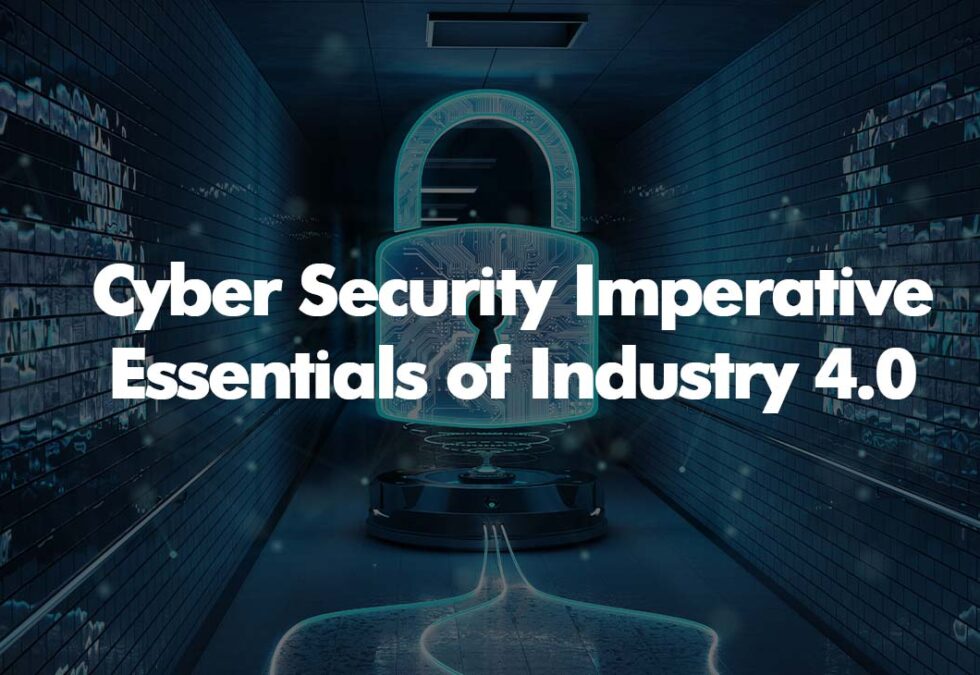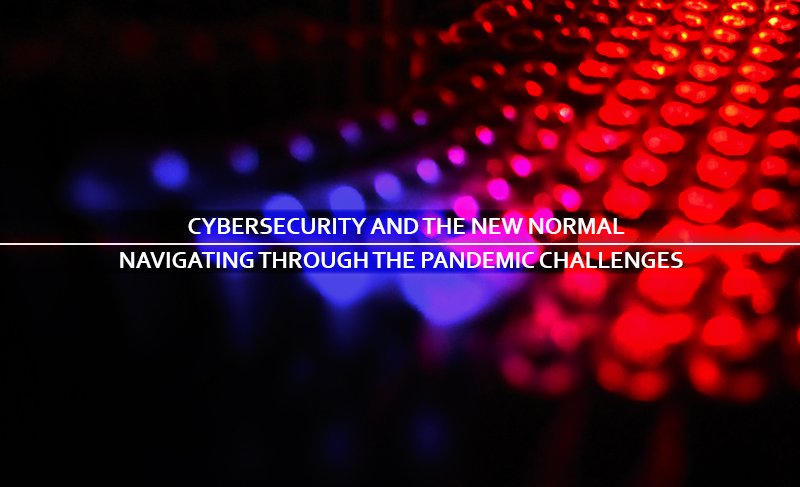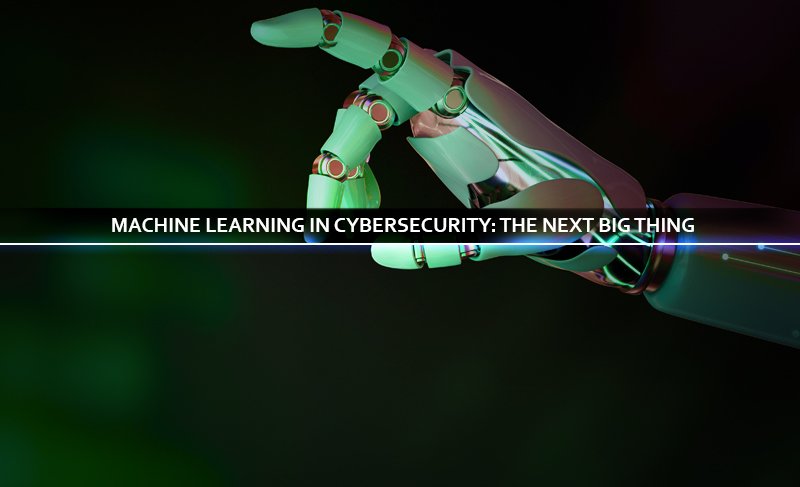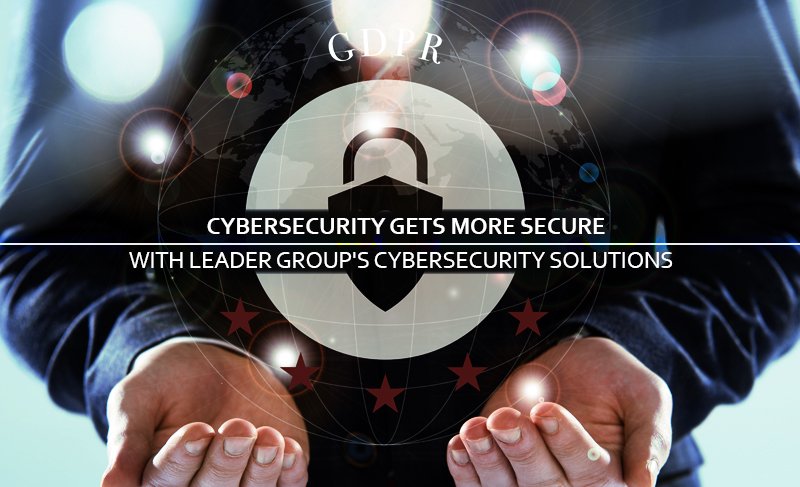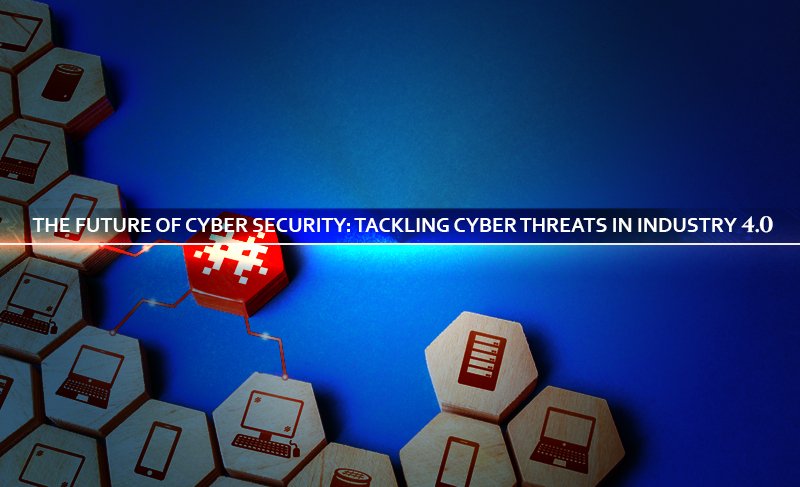“Implementation of an ideal cyber security solution is not only about preventing the businesses from the cyber threats but also to secure a risk-free business ecosystem; without compromising the ability to innovate and extracting value from the technological investments.”
Came COVID-19 pandemic, and the businesses changed the way they work.
With the rising advent of digital transformation, businesses somehow adopted digitalization by digitizing their business practices.
With the evolution of digital business practices, it became imperative for organizations to inculcate their business operations with digital tools.
From using outsourced services, cloud storage tools to taking third-party integrations, the businesses focus on leveraging the power of data and technology to drive innovative solutions; which, by far, were not possible using the traditional manual processes.
As the businesses become more digitized, their risks also increase; with the storage and data risks remaining the top concerns for the organizations.
Cyber security risks include data leakages, cyber-attacks, cyber threats from hackers, compromised data infrastructure, among others.
It all hampers the overall business ecosystem as the businesses’ cyber security tends to get compromised, and the quality of decision-making deteriorates with it.
Furthermore, the cyber risk will only increase with the digitization of businesses and automated business models into play.
Hence, it becomes imperative for businesses to identify and assess the cyber risks and take important actions crucial to mitigate the risks associated with cyber security.
Role of Cyber Security in Digitization:
With the digitized business environment, two significant risks have been the talk of the market; the first being the rise of the digital enterprise across businesses and sectors.
In contrast, the second is the need for IT to react quickly and develop innovations that meet the organizations’ needs.
For cybersecurity to become digital enablers and not the barriers; it needs to focus on the risk mitigation tools and the risks themselves.
Businesses need to improve their risk management methods, apply quantitative risk analytics across business units, and build cybersecurity directly into their value chains to achieve robust cybersecurity.
Furthermore, businesses need to focus on emerging technologies and innovations such as agile development, robotics, automation, and cloud-based operating models.
According to a recent survey conducted globally for C-suite executives and IT leaders, 56% of organizations across the sectors have started adopting IT-enabled models and digitized business practices.
This significant rise in digital adoption also signifies the increase in risks for businesses.
However, the implementation of the risk-free environment of cyber-security for businesses is easier said than done.
For instance, as organizations move to more digitized practices, they need to align their teams that manage cyber security and fraud prevention and enable product development to create digital experiences for customers.
A risk-free environment that is both secure and convenient is not easy to achieve.
As companies adopt massive data analytics, they shall also focus on identifying the risks created by data sets that integrate sensitive customer information.
Challenges to Achieving Cyber Security Platform in Businesses:
Intuition Based Decision Making:
Organizations have been using intuition, experience, and qualitative analysis to make cyber-security risk-related decisions, acting as a significant challenge to achieving a cyber security platform.
Pattern Analysis:
Organizations, at times, face several added potential cyber risks when they fail to recognize a pattern of threats.
It involves employees and other business stakeholders’ behavioral analysis to identify signs of possible insider threats, such as suspicious patterns of email activity.
And, it also includes risk-based authentication that uses the specific location activity and grants unauthorized parties, either intentionally or unintentionally.
It acts as one of the significant challenges for organizations about cyber security.
Embedding Cybersecurity in the businesses:
Embedding cybersecurity measures in businesses is a tedious process that involves measures to tackle and mitigate the risks to manage the entire business practices.
Every organization deals with a plethora of services and sensitive data and information that create a risky environment.
Hence, the lack of an embedded cybersecurity environment poses significant cyber-security threats for organizations.
Essentials of Industry 4.0:
Neglecting cyber-security and cyber security measures result in numerous risk which becomes tough to navigate.
Having a cyber-security imperative that focuses on the vital measures of cyber-security enables a risk-free environment and improved business performance.
Industry 4.0 is all about digitized business practices with the rise in digital transformation and its trends.
When implemented efficiently, the below-mentioned measures achieve a cybersecurity ecosystem for the organizations across the sectors.
Agile Cloud-based operating platform:
Organizations focus on their existing cyber security measures and enable a digital tool to transform it and replace it with innovative business continuity plans to achieve a risk resilience environment.
However, putting an agile, modern technology model in place requires far more flexible, responsive, and agile cybersecurity in place.
Hence organizations are focussing on integrating cybersecurity into the software-development tool, thus enhancing the overall business environment.
Merging Cybersecurity with Emerging technologies:
When embedded with the cyber-security platforms, emerging technologies such as IoT, Blockchain, and the Internet of Things deliver enhanced results.
For instance, organizations enable API-configurable application-level controls designed for new controls and automated code-review systems to identify threat scenarios and go for Cloud environments tested for security via automatic vulnerability identification and assessment tools.
Achieving Risk-free Appetite for Businesses:
Achieving a risk-free appetite remains one of the significant objectives of organizations across the businesses.
The risk-free appetite involves implementation-related problem solving based on a cyber program’s effectiveness in reducing the risk.
Reducing the turnaround time while achieving risk detection and response times to achieve business objectives result in a digitally transformed environment.
Conclusion:
Digital transformation is the future. Hence digitized business practices are the new normal.
With the emergence of digitized business practices, the automated way of businesses will stay.
Achieving a risk-free ecosystem for cybersecurity relies on data and the effective implementation of emerging technologies.
Hence, collaborative usage of the risk resilience tools and cyber security advancements with a combined effort from the entire stakeholders will enable organizations achieving g a risk-free digitized business environment.


